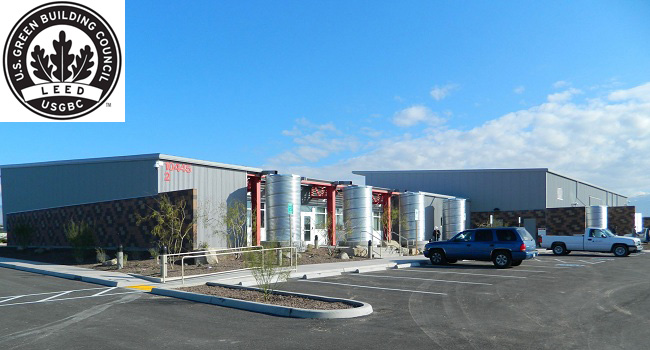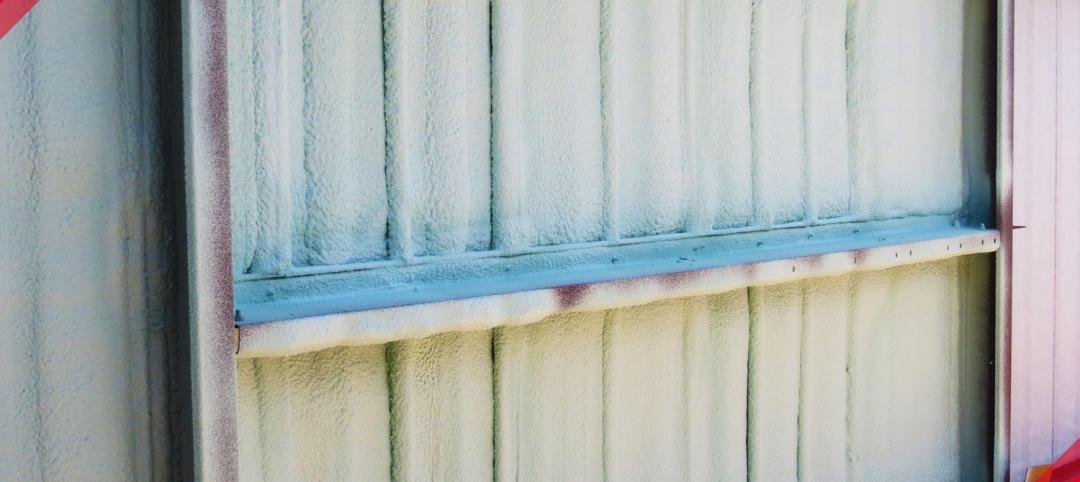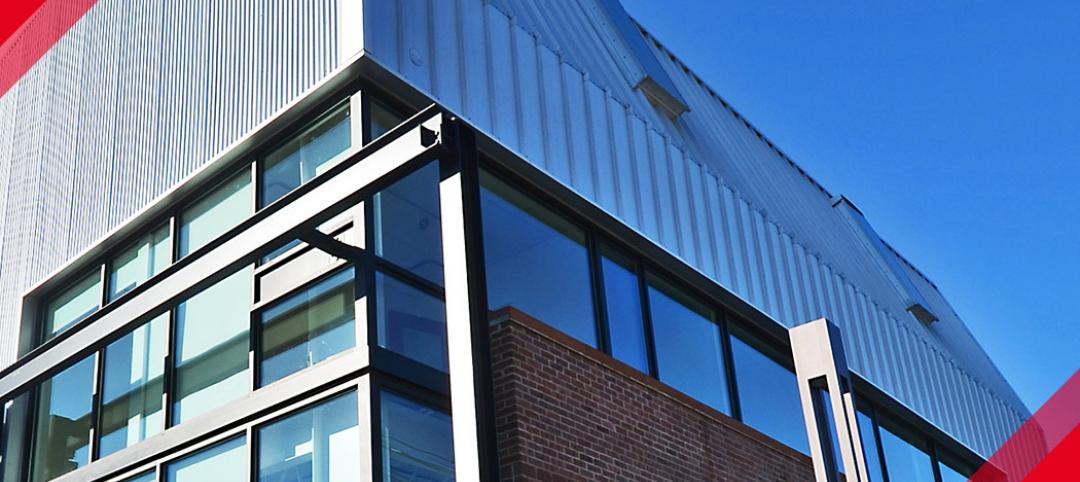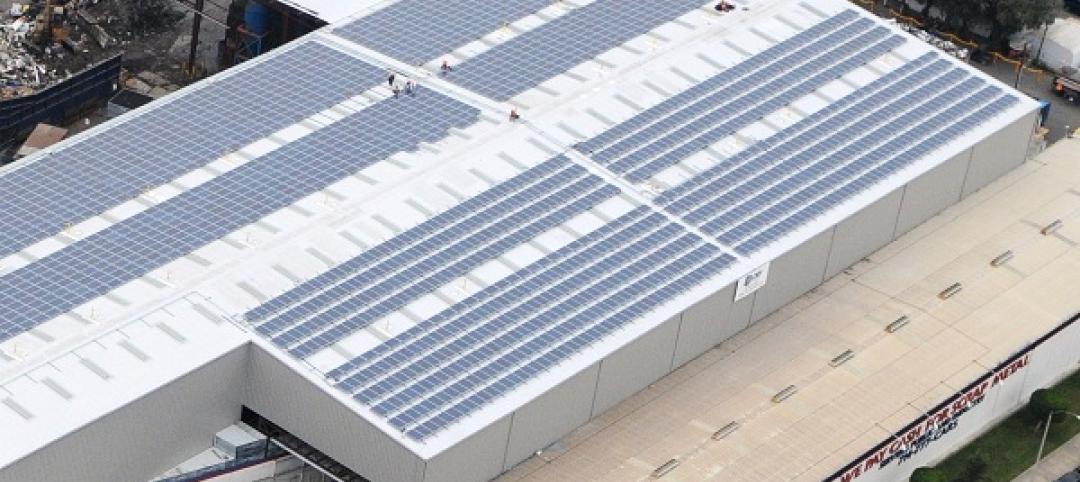The USGBC’s LEED system (Leadership in Energy and Environmental Design) is only one of several sustainability programs in construction, but it has become a very important one. Increasingly, some types of buildings are required to achieve at least a minimum LEED certification, and many owners seek to build at specific LEED levels in order to build responsibly.
LEED is widely misunderstood, in part because some building product’s manufacturers have mislabeled their products with phrases like “LEED Certified” or “LEED Compliant.” LEED isn’t a regulation or code system, and it doesn’t certify specific products. LEED is a rating system that allows a building to score points for doing things more sustainably, in a variety of ways. There are different kinds of LEED points that relate to materials, energy consumption, jobsite sustainability, and more.
Use of a specific product can sometimes contribute to LEED points in more than one category. A product made from recycled materials, for example, can contribute to the total percentage of recycled materials used overall in the building. If it’s a good insulator, it may also contribute to points surrounding energy conservation.
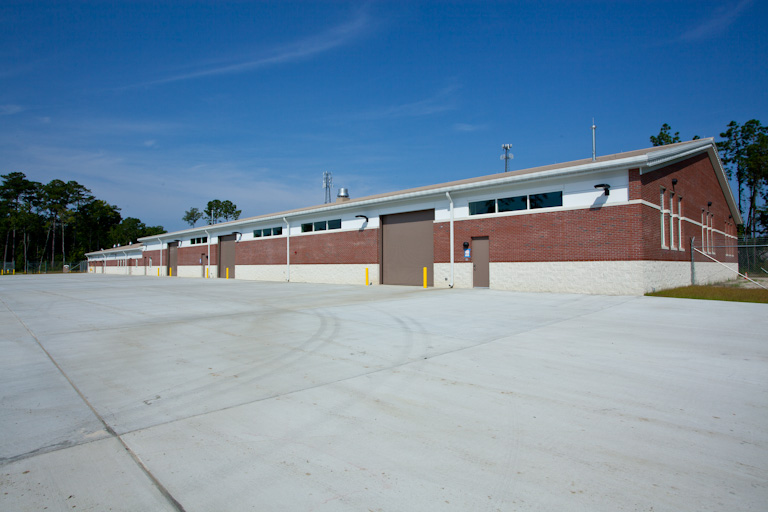
This multi-point potential is certainly present in metal building systems. A metal building system from Star will typically contain between 25 percent and 60 percent recycled steel by weight. LEED MR Credit 4, Recycled Content, allows up to two points for projects where the recycled content represents up to 20 percent of the overall building, so the recycled steel could make a large contribution to that LEED credit.
Another possible LEED credit stems from the nature of metal building systems: the steel is shop-fabricated. By doing less of the construction work on the job site, and requiring only a small area for field assembly of factory-fabricated steel, the project may qualify for SS Credit 5.1, Site Development: Protect or restore Habitat.
Roofs can play an important role in energy performance of a building, both by retaining heat during cold weather, and by reflecting away solar energy during hot weather. Utilizing insulated metal panels finished in a cool roof color can cut energy bills, and contribute to EA Credit 1, Optimize Energy Performance. Insulated metal panel walls can also contribute. Moreover, a cool roof may qualify for SS Credit 7.2, Heat Island Effect: Roof. (In fact, installing cool roof color metal panels over 50 percent of outdoor parking spaces can qualify for another point under credit SS Credit 7.1, Heat Island Effect Non-Roof, or two points if 100 percent of spaces are covered.)
In order to design a more sustainable building, and get all the LEED credits you deserve, it is wise to have a LEED expert on your team. A LEED Accredited Professional can help optimize the design for sustainability, and assure that the goals are met in practice.
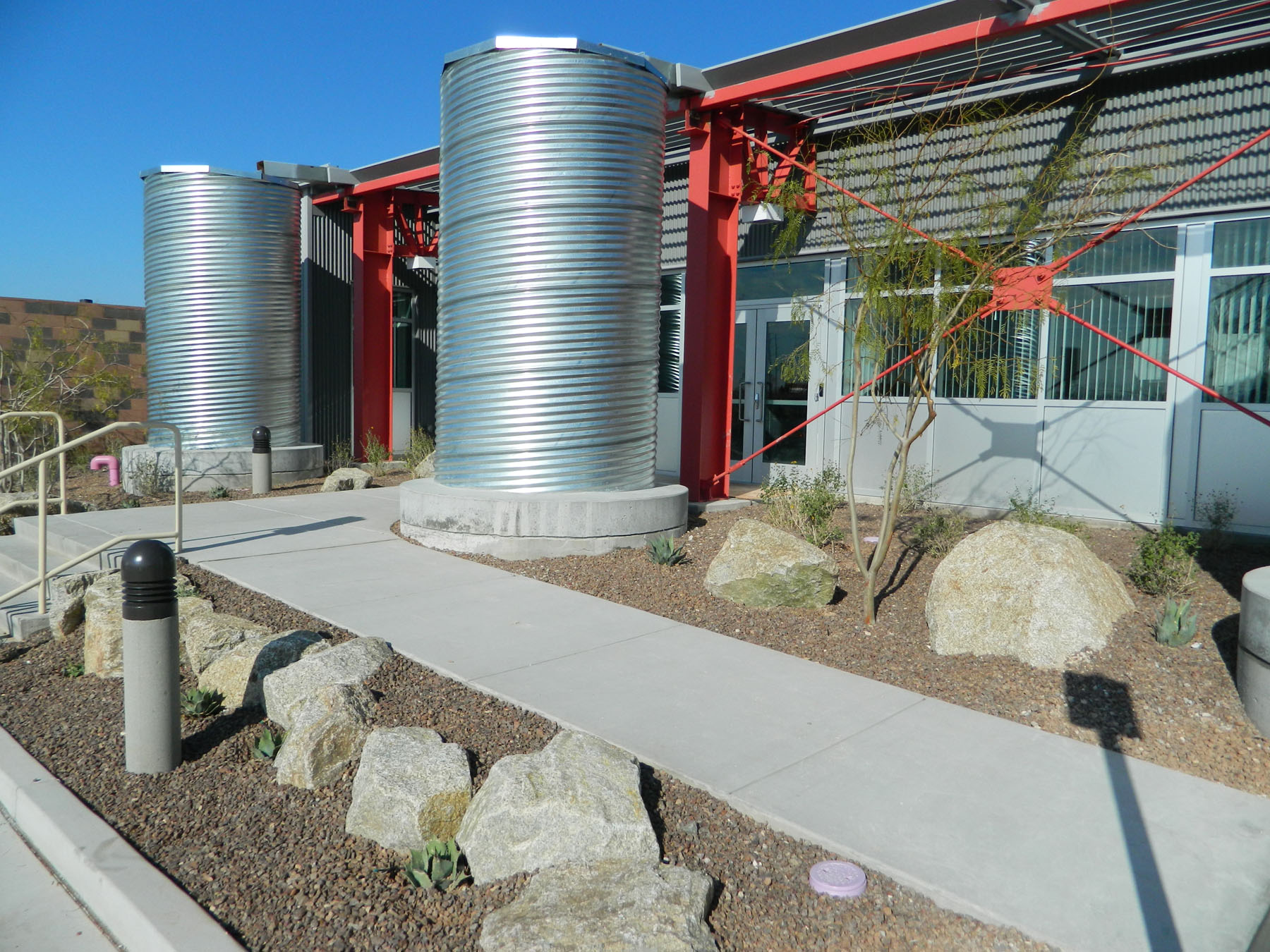
More from Author
Bob Zabcik | Feb 19, 2018
Spray and board foam plastic insulation: A primer for metal building suppliers
There is little doubt that the use of foam plastic insulation in metal building exterior roof and wall assemblies is on the rise.
Bob Zabcik | May 3, 2017
Steel protection methods
There are robust, well-proven ways to protect steel so it can perform up to its potential virtually indefinitely.
Bob Zabcik | Jul 27, 2016
Metal Roofs Have Solar Advantage
A large roof can become a resource that saves significant money on energy consumption and helps reduce emissions of CO2 and it turns out metal roofs make excellent hosts for solar panels.
Bob Zabcik | Apr 25, 2014
A radiant barrier FAQ: Everything you wanted to know but were afraid to ask
There are many examples of materials developed for the space program making their way into everyday life and radiant barriers are just that. SPONSORED CONTENT
Bob Zabcik | Jan 12, 2014
The ‘fuzz factor’ in engineering: when continuous improvement is neither
The biggest threat to human life in a building isn’t the potential of natural disasters, but the threat of human error. I believe it’s a reality that increases in probability every time a code or standard change is proposed.

